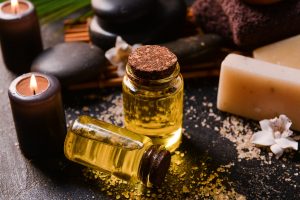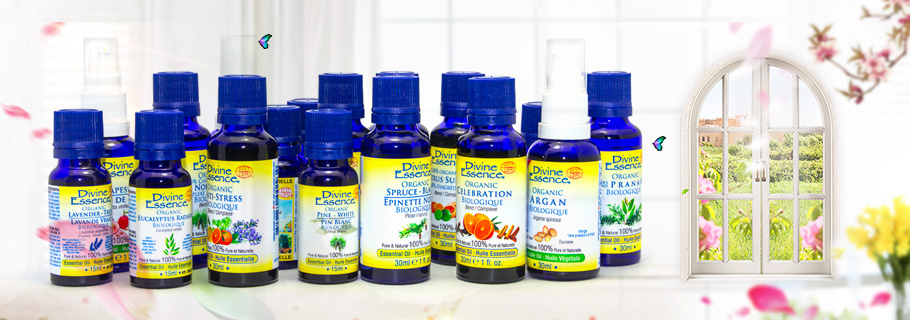If only it was as easy as just picking all your favourite scents! Part aromatherapy and part perfumery, finding a perfect, signature essential oil is a tricky task. This three-part series aims to explore the different aspects of choosing scents that can make or break an essential oil blend, and to demystify some of the language used to categorize scents and essences. The first part will explain the concepts of top, intermediary or heart and base notes; the second part will describe aromatherapy principles and how they can be applied to a mix, as well as the different scent families and how they pair with each other; and the final instalment of this series will look at the carrier bases and integrate the principles discussed in the first two. Happy reading!
Principles of proportion
The famous perfumer Jean Carles established some of the most popular principles of perfumery, defining top, intermediate (heart) and base notes. These different elements of a blend are classified according to their volatility, that is, their propensity for wafting in the air, and tenacity, which is to say their ultimate duration.

Base notes have the most staying power of any scent: they’ll mellow out with time and their aroma will improve after an hour or two. They add complexity to a scent, and they’re the main scent responsible for making it memorable, but they also tend to smell off when on their own: for example, the lovely Jasmine essential oil adds a simply sublime element to mixes, but it is somewhat off-putting when diffused pure. Cinnamon, cedarwood and rose are other essential oils that fit into this category.
Intermediate or heart notes are perhaps the most relevant essential oil to consider when making a massage oil blend. With a balance of volatility and tenacity, they’ll blossom to their fullest within the time frame of a massage; as with the base notes, however, it is usually best to modify them with a top note, which will create the scent’s first impression. Basil, geranium and ylang ylang are among the intermediate notes established by Jean Carles, and rosemary, pine and thyme can also considered heart notes.

Top notes, then, are the second most important notes to consider when making an essential oil blend. Highly volatile, these oils will have an immediate effect, and when paired appropriately with a heart note, they’ll modify the scent harmoniously. They tend to be over-represented among ready-made essential oil blends: due to their instant intensity, it is perhaps easier to convince a prospective buyer of the value of a particular scent if it is pleasant from the first sniff. This category of scents included most citrus notes, such as sweet orange, grapefruit and lemon, as well as lavender, peppermint, and ravintsara.
Jean Carles, when outlining these principles, favored using base notes in the highest proportion; however, making a perfume is an altogether different task than making scented massage oils, or even picking essential oils to diffuse. We recommend using the heart notes in the highest proportion, followed by top notes, and using base notes sparingly.
Apart from a professional massage accessories supplier in Canada, we are also supplying the best quality acupuncture needles, massage tables, cupping set, massage accessories, personal care products and more at great prices. You can find out more great products at Lierre.ca
All rights reserved for Lierre Blog.

